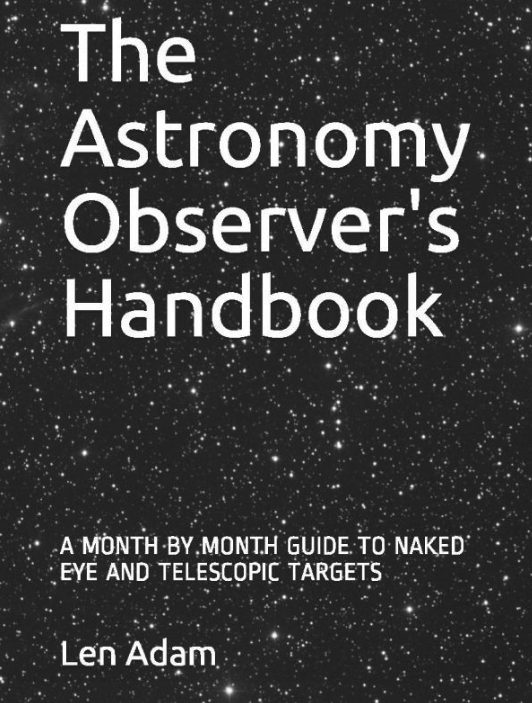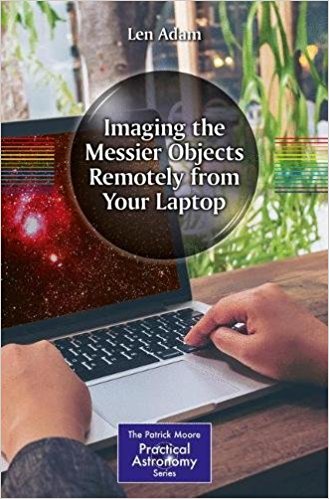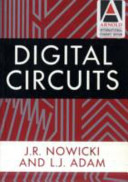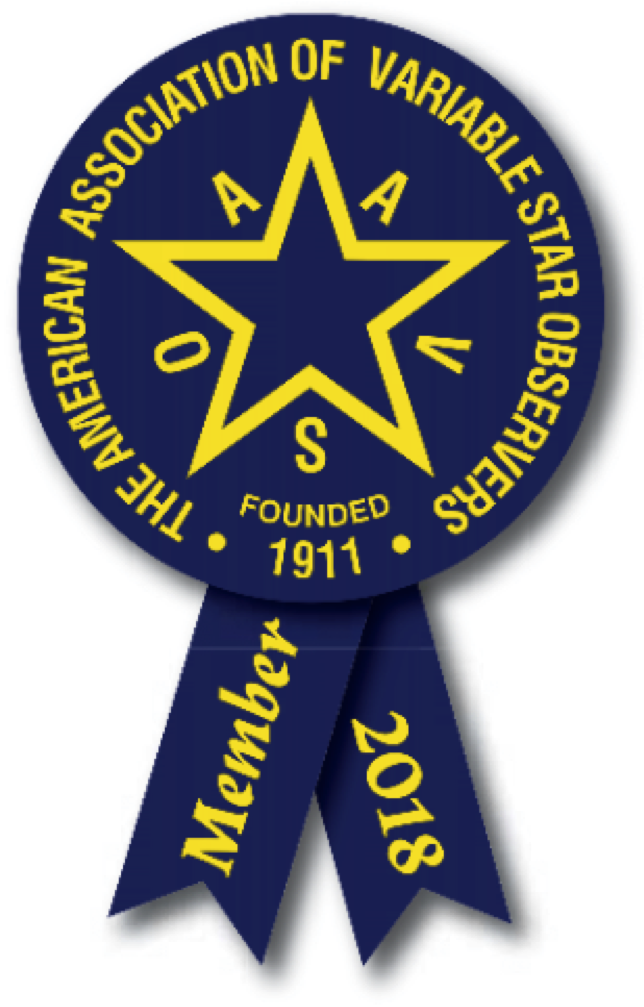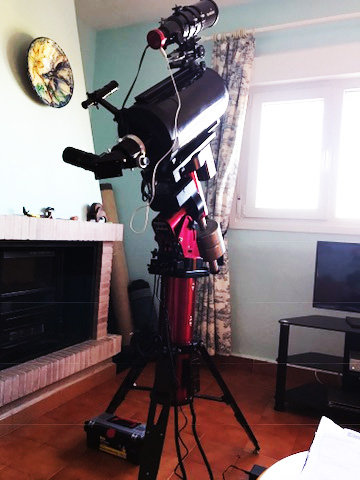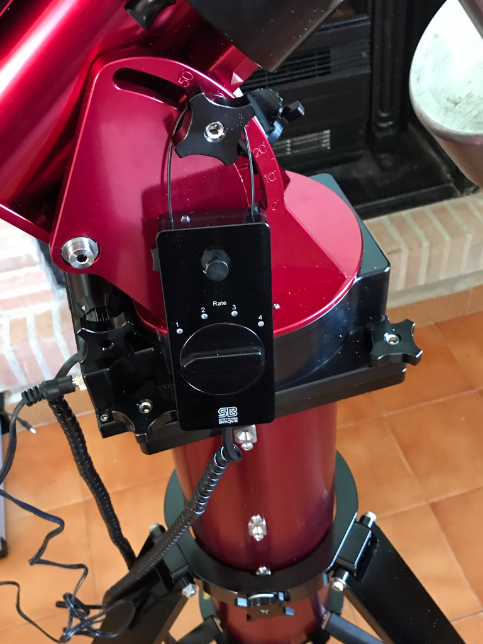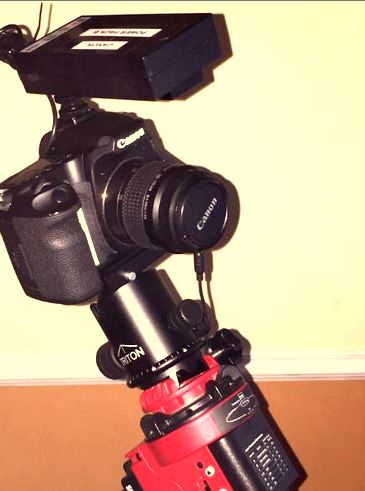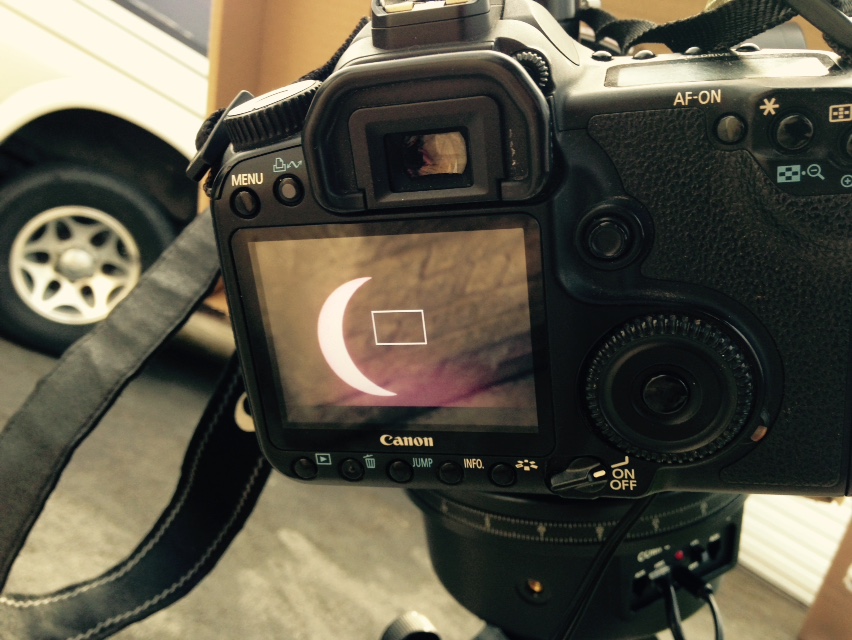Using a plate solution to centre an object and synch the telescope.
 Saturday, February 20, 2010 at 12:02PM
Saturday, February 20, 2010 at 12:02PM Friday night (19th February) was clear until about 1130 p.m. I managed to image over 100 galaxies. It is so much easier now with the centred images but I have a long way to go to build up a sufficient library of reference galaxies with so few clear nights here. I have been experimenting with synching into the T-Point model to see the effect. This is not a recommended approach but I believe that it is quite an effective method of keeping objects centred. I think the ideal way of adding points to the T Point model is to take an image, solve the plate and then synch into the T Point model if necessary or map on the image link centre rather than spend time centring a star and mapping that. If you have a good plate solution this is extremely accurate and also avoids identification errors – it just does not matter where you are pointing. This was the first random area of sky that I imaged, synched on the image link centre and mapped into the model.
(Unknown 1)
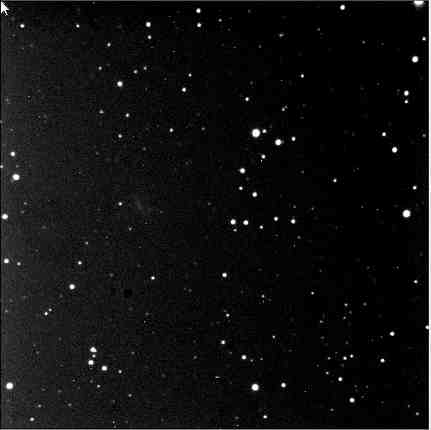
Carrying out a plate solution gave 19 stars used with an RMS position error of 0.09 arcseconds.
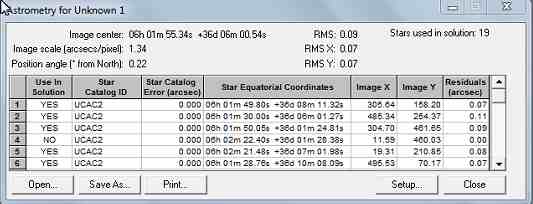
Here are the above image and the chart produced by the Sky to confirm the pattern recognition
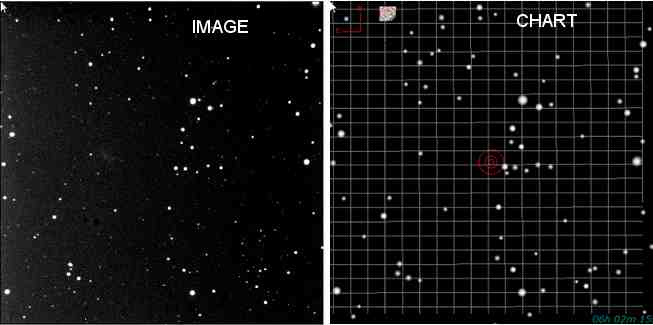
I now added labels from "The Sky" which identifies many of the stars on my original image.
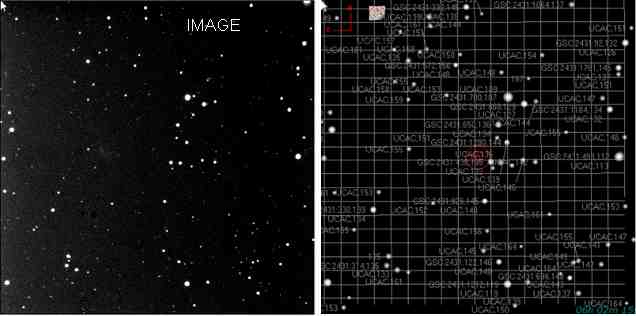
The image link information in the table below gives me the actual centre of the image (i.e. where the telescope is actually pointing so by Synching on this position corrects the pointing error on the telescope at those coordinates.
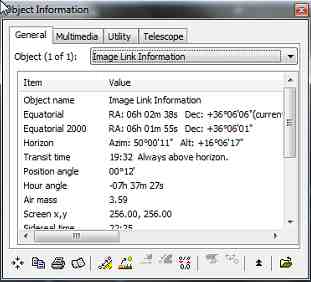
So once the Synch was carried out all successive images that night (100 plus) were exactly centred.
 [Your Name Here] | Comments Off |
[Your Name Here] | Comments Off | 
